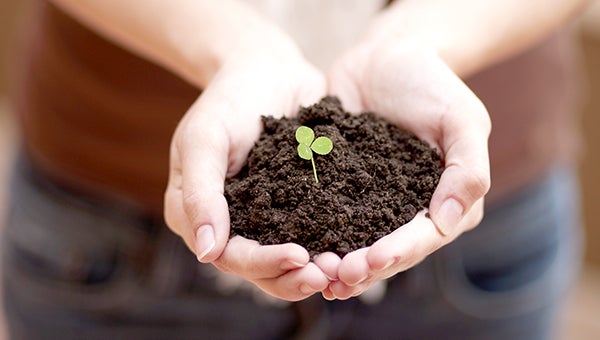How the periodic table and your yard’s soil go hand-in-hand
Published 1:45 pm Friday, June 26, 2020
Out of curiosity, I checked to see how many chemical elements are now in the periodic table. That list of the elements was the scorn of those of us who didn’t favor chemistry in school and wound up later regretting not taking that subject matter more seriously.
There are currently 118 elements agreed upon as verified. I do recall there were 104 when I was in high school. Real scholarly folks discovered new ones and are on the lookout for still more.
One of the early ones to make the list was hydrogen. And that’s what the capital “H” in the abbreviation “pH” represents: hydrogen. The smaller case “p” stands for “potential” because pH is the measure of the potential for hydrogen molecules of any given substance. The “H” is capitalized because all 118 elements have one or two letter symbols, the single letter or the first of two letters always being capitalized.
On the pH scale running from zero to 14, below seven is acidic and above seven is alkaline or basic, those two words being interchangeable.
Pure water would have a pH of 7, but in reality, the natural, uncontaminated waters of the world run from about 6.5 to 8.5. That range is influenced by minerals within the surface lake or river or within the underground aquifer from which drinking water comes.
By comparison, our human blood has a narrow pH range of 7.35 to 7.45 while stomach acid is indeed acidic, ranging from 1.5 to 3.5.
All of this pH verbiage is to get me to a favorite garden and farm topic of soil pH of course. None of us know it all. Plus there are always newcomers to growing plants. And while caring for the same ground over the years might make us confident we know our dirt pretty well, we might not.
Two years ago I apologized to my place for falling a few years behind with lime, which surely must have allowed the encroachment of totally useless broomsedge weeds. Before calling in the lime trucks, I sent a soil sample to Mississippi State for testing and received a report showing a pH of 6.2. Well, somebody must have erred, a student worker or somebody. No lime needed on these acidic hills? No way was I going with that answer, so I pulled another sample, doing a right fine job with my sampling technique. This time the pH read 6.5, meaning still no costly lime needed. But the phosphorus and potassium levels were deficient on both tests.
I spent would-be lime money on fertilizer in 2018 and 2019, and the 2020 hay cuttings so far look pretty good. A new soil sample will be soon be headed to Starkville for lab proof of the fertilizer working.
Fifteen of the 18 elements all plants must have to grow come from the soil. Even when plentiful, soil pH controls the ability of plants to extract those elements. That’s the gist of why lime might be what’s needed or it might be fertilizer. Or both.
Terry Rector writes for the Warren County Soil and Water Conservation District.






